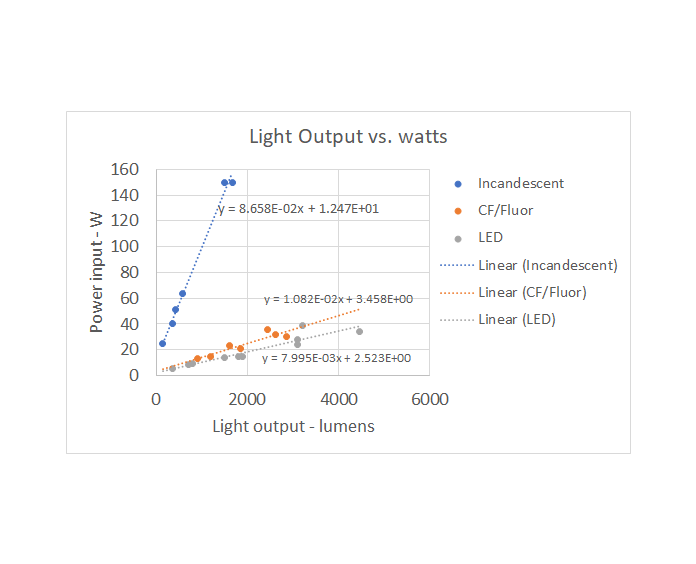And God saw that the light was good. And God separated the light from the darkness.
In Him was life, and the life was the light of men. The light shines in the darkness, and the darkness has not overcome it.
For God, who said, “Let light shine out of darkness,” has shone in our hearts to give the light of the knowledge of the glory of God in the face of Jesus Christ.”
Gen. 1:4; John 1:4; 2 Cor. 4:6, ESV
Maybe no topic other than light carries a deeper spiritual and physical significance. Light is used frequently in scripture to represent truth, goodness, and the power and glory of God. It is the first thing he created. It separates itself from darkness and divides good and evil. Moses shone so brilliantly after his personal encounter with God that his people could not look at him. The apostle Paul was converted from a persecutor of Christians to the greatest Christian evangelist by Jesus’ voice accompanied by a brilliant light that temporarily blinded him. All science can know about the universe comes to us by means of electromagnetic radiation – light, visible and invisible.
140 years ago, Thomas Edison kicked off a new industrial revolution with his light bulb, and the subsequent construction of an electric generation and distribution infrastructure initially for the purpose of illuminating the world. He succeeded in making the deepest spiritual topic seem mundane and unremarkable, like “turning on a light bulb.” Since then we have grown increasingly indifferent to how our world is illuminated, but we can no longer afford to pay it no attention. There are alternatives to the traditional Edison-style incandescent light bulb that have truly made it obsolete for virtually any application.
Thirty years ago or so, the compact fluorescent (CFL) bulb started to gain traction in the marketplace. These bulbs can produce the same amount of light as an incandescent bulb, for a significantly lower energy consumed. I went for it, replacing almost all the incandescent bulbs in my house. But before long, I was finding what many others found – that CFL bulbs have some significant drawbacks. They don’t last nearly as long as their manufacturers say they should – especially if they are switched on and off frequently. They lose their intensity significantly over time. They tend to degrade more quickly if they’re used in a fixture that doesn’t let them be properly cooled. And, they really are a bad idea for outdoor or cold environments – they take several minutes to warm up and produce their rated intensity, especially when in a cold room or as they age, and in the cold, they may never produce their rated intensity. Stack on top of that the environmental problem they present when they’re done – they contain mercury, so they shouldn’t be simply discarded in the trash, and almost nobody will accept them for recycling or proper disposal. And don’t ever drop one and break it, or your house might become a superfund site!
Fortunately, in the last decade, the LED light source has come into its own. You can buy LEDs for almost any application, and with mass production, their prices have come down to the point that they are pretty much a no-brainer. Buy LEDs from now on, for almost every light you need. If you’re still doubting, here’s some evidence. I plotted the light output from several types of light bulbs on the X-axis, and the rated power they consume on the Y-axis. You can see how much more power is needed from an incandescent bulb to produce a given amount of light. Lumens is a measure of the total light output from a bulb, in all directions. The comparison to fluorescent bulbs isn’t quite as clear – LEDs definitely produce more light for a given amount of power, on the whole, but there are a few cases where the fluorescent bulb gives the LED a run for its money. The CFL bulbs will be on the lower end of the scale shown, whereas the higher-output fluorescent bulbs are T8 tubes, like what you find in commercial buildings. Since this is just showing the rated output vs. rated power, it doesn’t take into account the failings of CFL bulbs that I mentioned above. It also doesn’t take into account the fact that LED bulbs last maybe twice as long, or more, than fluorescent bulbs. It doesn’t consider the heat they produce, either. If your building HVAC load is predominantly air conditioning, then the use of lower-power bulbs for the same lighting conditions has a compound effect. The power that these bulbs use gets ultimately released into the building as heat, which the HVAC system then has to remove.

Of course, every situation has unique requirements. It may not make economic sense to go in and replace all your T8 overhead fluorescent bulbs with LEDs right away. For one, there are several options for replacement, and the easiest ones aren’t the ones that save the most energy. If you simply buy LED tubes that are a plug-in replacement for a T8 fluorescent tube, you will still be powering the fluorescent ballast, which is an energy-waster. On the other hand, if you go for the ballast-bypass solution, there’s a lot more labor involved in making the change. It would be a hard case to make for that change based on the data above.
Bottom line: LEDs are the way to go for almost every application today, and they will only get better as technology improves. You have no reason to buy incandescent bulbs ever again. And, many of these LEDs have an advertised life expectancy that exceeds my own, so maybe I should add them to my will so my kids can benefit from them too!
See you again soon! Subscribe to get notified when new content comes out.
